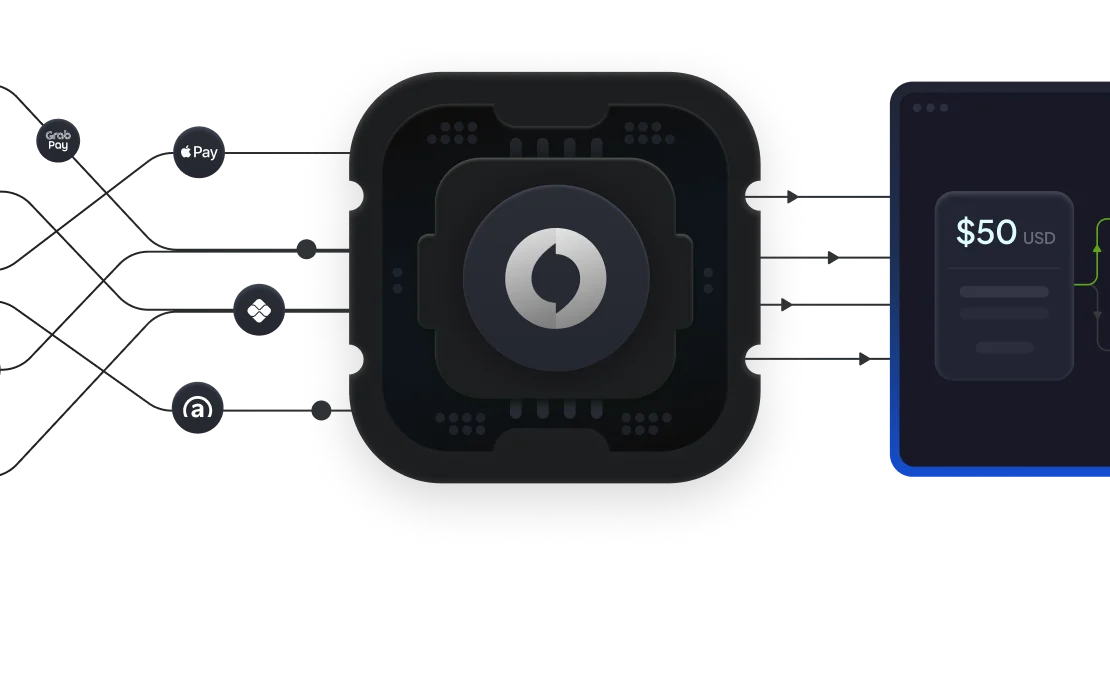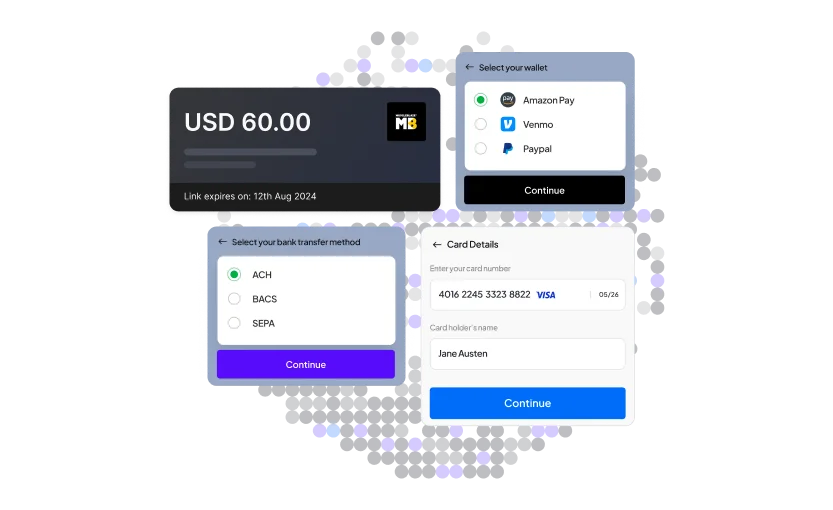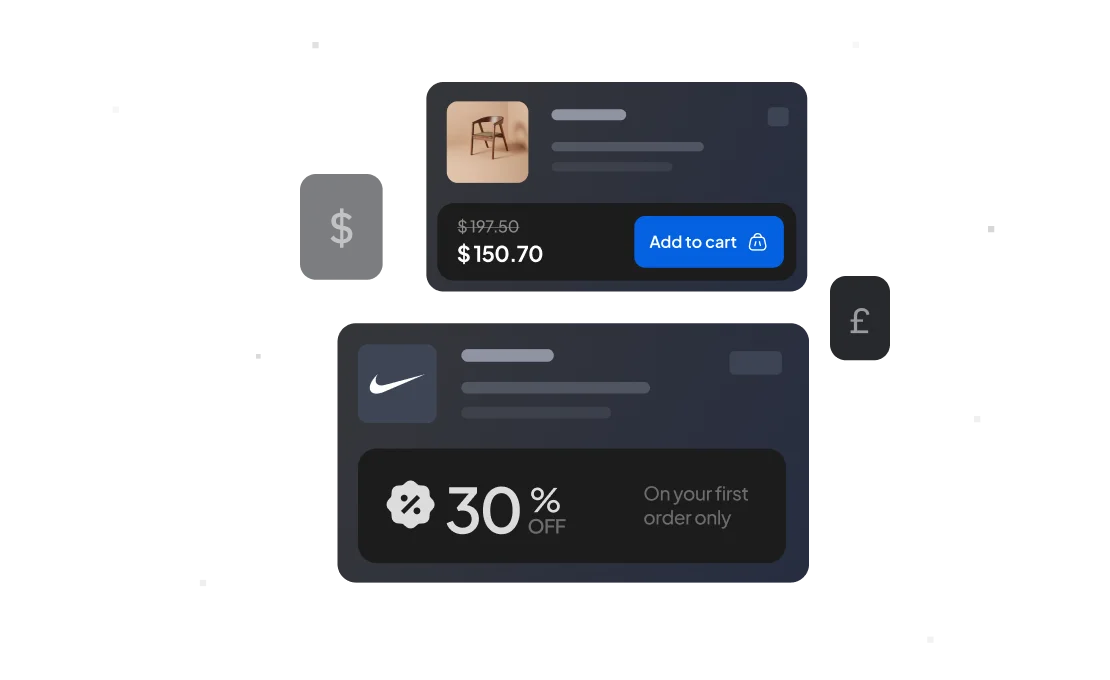In recent years, payment orchestration has become a hot topic, capturing the attention of a growing number of merchants. What lies behind this growing popularity, however, has been shifting significantly. While conventional definitions focus narrowly on the technical integration of multiple payment service providers (PSPs), it has become apparent that a more holistic approach was needed to address regional nuances and broader business needs.
Understanding Payment Orchestration
The underlying mechanisms of payment orchestration trace back to the early days of digital payments. As e-commerce grew, digital merchants were among the first ones to seek ways to streamline payment processes, leading to the development of various technologies and solutions for integrating multiple payment gateways. The evolution of APIs in the early 2000s further propelled payment orchestration, allowing merchants to connect seamlessly with different payment service providers. Yet, many of the early implementations introduced a challenge, they lacked agility and scalability. They were initially shaped for large businesses, designed to meet their specific needs, and relied heavily on a limited selection of global payment service providers, focusing primarily on card transactions. As new PSPs entered the scene and the payments ecosystem became more diversified, these solutions needed to adapt to support a wider range of payment methods, providers, and related value-added services to meet the evolving merchant requirements.
The conventional approaches to orchestration often overlooked regional payment differences, consumer behavior, along with the varied fraud patterns and local regulations. Ultimately, this gap hampered merchants' effectiveness in addressing unique market challenges, limiting their ability to optimize costs, improve operational efficiency, and capitalize on opportunities for business growth.
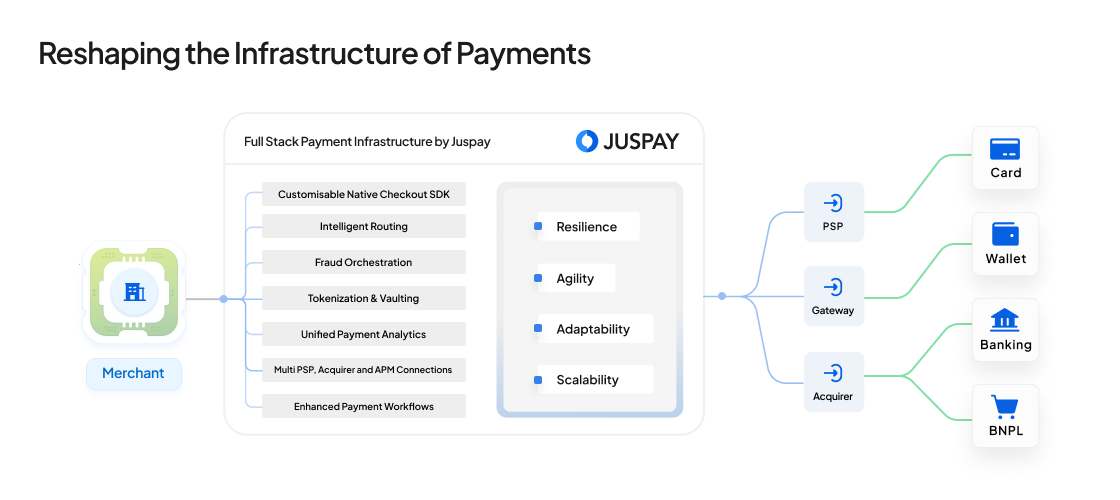
Market Nuances and Pain Points
Regional dynamics strongly shape country-specific trends. It is increasingly clear today that an effective payment orchestration strategy must be tailored to meet the unique needs of each market, rather than relying on a one-size-fits-all approach. A major challenge for merchants across regions is balancing payment process friction with customer preferences. Inefficiencies and unmet expectations often lead to passive churn—a widely recognized industry challenge where an estimated 30% of transactions fail due to declines—resulting in revenue loss and reduced customer loyalty.
At Juspay, we also see distinct regional factors shaping market dynamics and highlighting unique regional pain points.
United States
The US is a market that continues to be driven by legacy payment infrastructure and very much dominated by credit and debit card payments in terms of consumer-to-business transactions. Along with high card usage, we are seeing a rise in the popularity of ACH transfers, particularly due to the adoption of real-time payments and the emergence of mobile payment apps. All forms of credit payments are more prevalent in this market, along with the growing interest in Buy Now, Pay Later (BNPL) options. Consequently, merchants face several key challenges:
- Transaction costs. US merchants have to navigate higher transaction costs associated with cards (and indeed ACH) compared to other developed economies. In fact, according to a 2023 report, U.S. merchants face the highest card acceptance costs globally, with a 34% increase since 2009, driven largely by the growth of e-commerce. These higher costs stem from elevated interchange rates and the lack of regulatory caps on credit card fees, unlike in Europe.
- Regulatory complexity. Integrating modern payment solutions with legacy systems is a challenge in itself, especially when navigating complex federal and international regulations, such as AML and PCI DSS, all while staying aligned with the card network mandates.
- High fraud rates. The fraud landscape in the US market mirrors the global trend of rising e-commerce payment fraud rates, but it also faces challenges unique to the region. The US accounts for 42% of fraud by value, significantly higher than Europe’s 26%. This disparity emphasizes the need for both merchants and payment providers to prioritize security measures in light of rising cyber threats.
Europe
The European payments market is one that has been traditionally better served by payment orchestrators since it has been highly developed both in terms of infrastructure and regulatory frameworks, particularly around card payments. The regulatory initiatives aimed at boosting competition like the PSD2 directive and Interchange regulation have fueled a strong shift toward local payment methods. This shift, along with the diversity of currencies and customer preferences, has contributed to the further fragmentation of payment rails.
Merchants operating in European markets face the challenge of meeting heightened consumer expectations while managing complex regional regulations and the necessity for cross-country and cross-currency processing.
Typical challenges for European merchants are:
- Local and alternative payment methods. Cards and standard bank transfers can no longer be assumed as default payment options, with the rising adoption of digital wallets and other alternative instruments. Yet, amid this diversity, consumers expect seamless cross-border payment experiences, perhaps now more than ever.
- Reducing friction. Merchants must also balance security with user experience, particularly given stringent authentication requirements. In particular, with 3DS implementation causing friction for merchants, the ongoing challenge of fraud prevention versus user convenience has led to innovations like Click-To-Pay and PassKeys to enhance merchant and customer experiences.
- Chargebacks. Reducing chargeback rates is another core challenge for merchants, due to increased protections for both payees and buyers. This involves finding effective ways to address both customer protection and fraud prevention, especially as account-to-account (A2A) transactions through Open Banking and other payment channels with fewer built-in consumer protections become more prevalent.
APAC & MENA
While otherwise heterogeneous, APAC and MENA markets share some key characteristics that often trip global players off - particularly those originating from Europe or the US. Driven by rising mobile adoption and targeted government initiatives, some countries across APAC and MENA are embracing fast, innovative local payment methods, often bypassing traditional banking systems. This shift is creating an increasingly digital-first payment landscape, steering market participants toward localized solutions rather than conventional payment infrastructures.
As a result, we see several key challenges in these markets, including:
- Fragmentation of payment methods and rails. Merchants face a fragmented payment ecosystem with numerous local providers. The dominance of mobile payments, domestic A2A schemes and other unique payment methods (including cash-on-delivery) implies that relying solely on local card acquiring is insufficient for maximizing acceptance and conversion.
- Cultural and behavioural diversity. Merchants' payment teams must account not only for these technological complexities but also for the diversity within local populations, including the varying levels of digital literacy, as well as the regulatory landscape.
- Significant government presence in the ecosystem. Stringent compliance requirements driven by national policy agendas are common across both regions, which in a country like India for example include data localisation laws and strong customer authentication mandates. This reflects the substantial government investments in digital and payment infrastructure.
The Future? An Infrastructure-Led Approach to Payment Orchestration
The complexity of the global markets demands a nuanced approach to payment orchestration, one that goes beyond technical integration to address regional nuances and unique challenges.
As mentioned, from the outset, orchestration platforms commonly tackled fundamentally different barriers, primarily revolving around integration to gateways. The increasing complexity of global markets calls for a more sophisticated approach to payment orchestration—one that transcends technical integration to address regional nuances, regulatory compliance, customer preferences, and align with broader business objectives.
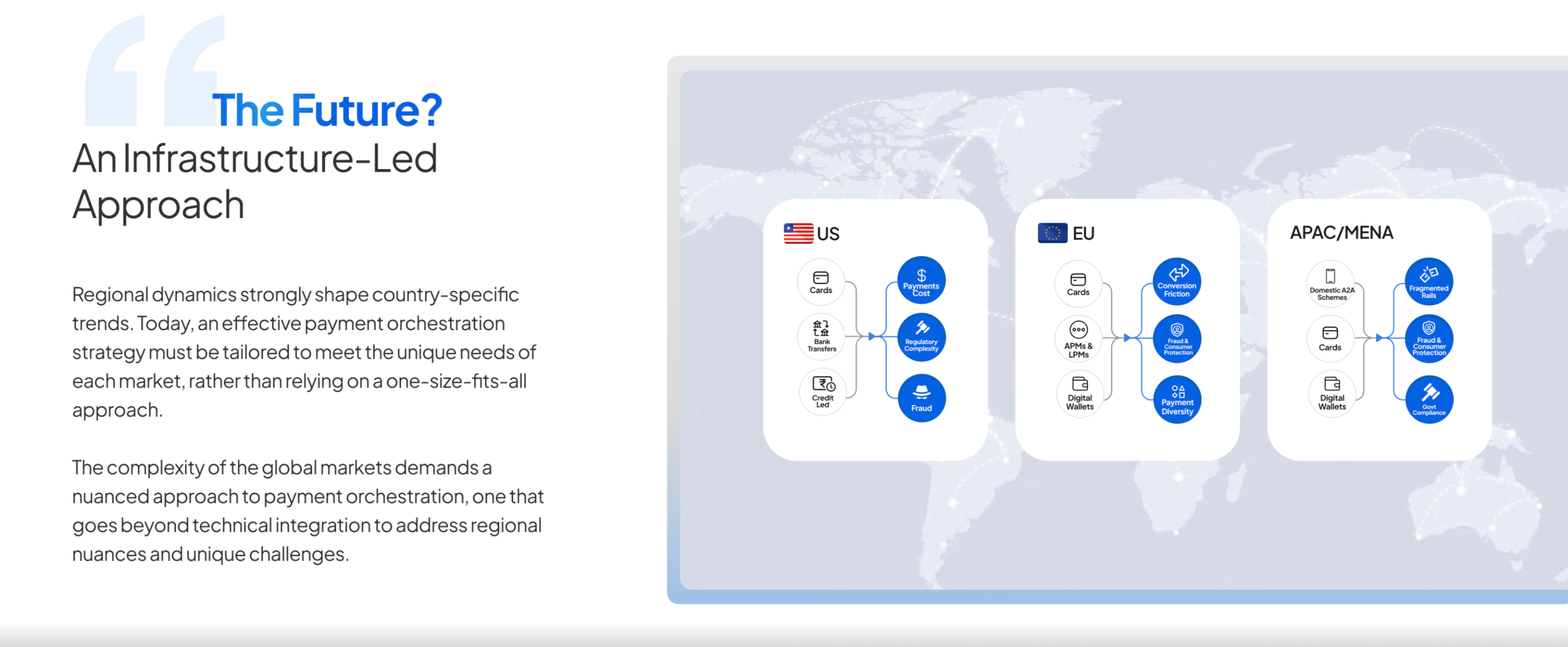
Juspay, Redefining the Paradigm in Payment Orchestration
Merchants are increasingly turning to payment orchestrators as strategic partners. Rather than focusing solely on gateway integration, a modern orchestration platform today must prioritize capabilities that improve success rates, optimize local payment setups, and enable merchants to scale efficiently in a globally diverse marketplace.
This shift is redefining the role of payment orchestration in commerce, moving it from a technical layer for payment gateway and PSP integrations to a full-stack payment infrastructure that encompasses elements such as:
- Powering the Checkout Experience
- Intelligent Routing to Uplift Authorization Rates and Optimise Costs
- Fraud Orchestration & Token Vault
- Adaptive 3DS & Retry Payment Workflows
- Unified Payment Analytics and Operations
- Reliable, Scalable and Performant Payments Infrastructure
And more…
This is precisely the foundation of how we approach the payment orchestration infrastructure at Juspay. Our platform emulates the transformative role AWS plays in cloud computing, while our vision is to deliver seamless, secure, and adaptable payment solutions that blend global reach with a deep understanding of local market needs. We are supporting merchants in building payment frameworks that are both globally scalable and regionally sensitive—ushering in a new paradigm shift in payment architecture.
